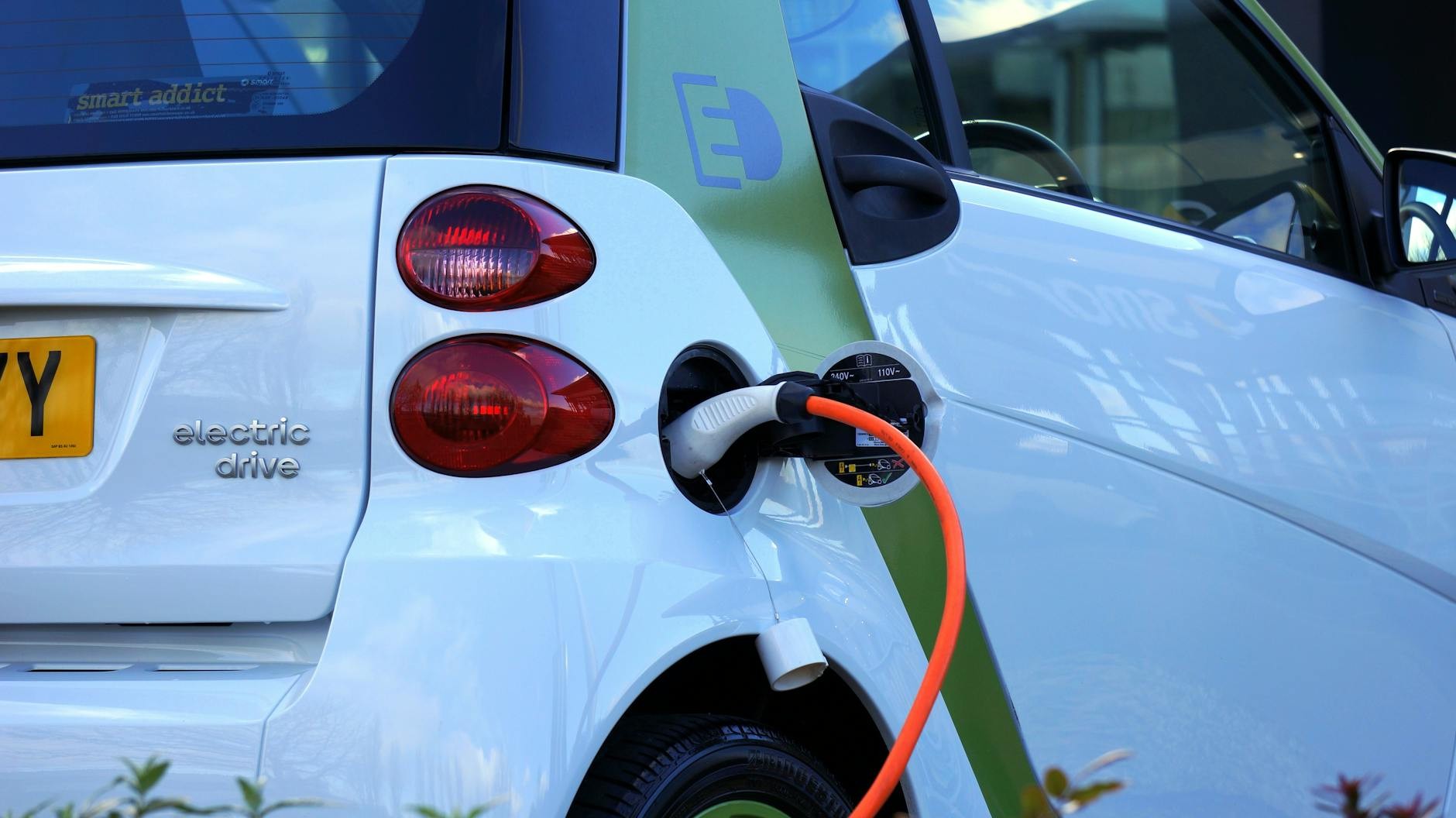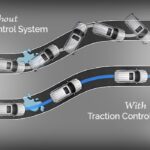Like many car buyers, I recently dove deep into the car market, spending hours test driving and researching different models. One question kept popping up: Are hybrid cars really worth the extra cost? We know hybrids typically have a higher sticker price than traditional gasoline cars, but they promise better fuel economy and potentially lower running costs. This got me thinking – could those long-term savings actually offset the initial price premium?
To answer this, I revisited my previous analysis of the total cost of car ownership. This framework breaks down car expenses into six key categories:
- Purchase and Depreciation: The initial cost and how much value the car loses over time.
- Financing: Loan interest if you’re not paying cash.
- Maintenance and Repair: Routine servicing and unexpected fixes.
- Fuel: Gasoline or electricity costs.
- Registration and Inspection: Government fees.
- Insurance: Premiums to protect against accidents and theft.
Factors like financing, registration, and inspection are generally consistent across both gasoline and hybrid vehicles. The real differences in cost will emerge in purchase price, depreciation, fuel, maintenance, and insurance. So, let’s delve into whether the perceived benefits of a hybrid truly translate into long-term savings and determine: Is a hybrid car actually a worthwhile investment?
The Bird in Hand Principle: Understanding Future Savings
There’s an old saying, “a bird in the hand is worth two in the bush.” In personal finance, this reflects the concept of discounting – money today is worth more than the same amount of money in the future. We explored this idea previously when analyzing mortgage costs.
When considering a hybrid car, we face a similar dilemma. We pay a higher purchase price upfront, but anticipate lower running costs over the years. However, those future savings are less valuable in today’s dollars. The crucial question is: Do the anticipated long-term operational savings adequately compensate for the higher initial investment and depreciation?
To find out, we need to:
- Compare the cost differences: Analyze the variations in sticker price, depreciation, fuel costs, insurance, and maintenance between gasoline and hybrid cars.
- Apply a discount rate: Determine an appropriate discount rate to account for the time value of money and apply it to future savings.
This analysis will give us a clear picture of whether opting for a hybrid car is a financially sound decision.
Choosing the Right Discount Rate for Car Analysis
The average car on US roads is around 12.5 years old as of 2022. However, most car owners keep their vehicles for approximately 8 years before selling or replacing them. For our analysis, we’ll consider a 10-year ownership period as a reasonable timeframe to evaluate the long-term costs and benefits of hybrid versus gasoline cars.
Image: A winding road symbolizing the long-term journey of car ownership and the need to consider future costs.
But how much less is a dollar in 2034 worth compared to a dollar today? For discounting future cash flows, a common approach, favored by investors like Warren Buffett, is to use the U.S. Treasury bond rate. This is often considered the “risk-free rate” of return. We can ask ourselves: “Should I take on the risks of car ownership and potential savings, or simply invest my money in risk-free U.S. Treasury bonds?”
As of February 2024, the 10-year Treasury rate is around 4.3%. This rate allows us to calculate the present value of future savings. For example, saving $100 in seven years is equivalent to having $74.47 today, assuming a 4.3% discount rate. This is because $74.47 invested today at 4.3% annually would grow to approximately $100 in seven years. A bird in the hand…
Quantifying Hybrid Savings: A Real-World Example
To illustrate the cost comparison, let’s consider a specific car model. Given the current family car search, the Kia Sorento is a relevant example. We’ll compare the all-gasoline Sorento with the hybrid Sorento model to understand the potential financial differences.
The detailed calculations for this comparison are available in this spreadsheet. Feel free to make a copy and adjust the variables to reflect your own circumstances.
To make a copy of the Google Sheet: File –> Make a Copy
Initial Price and Depreciation
The base model gasoline Kia Sorento has a starting MSRP of $31,990. The hybrid Sorento starts at $36,990. This means the hybrid version carries an initial premium of $5,000.
According to iSeeCars, both the gasoline and hybrid Sorento models are projected to depreciate at roughly the same rate, around 53% in the first five years. While the rate is similar, because the hybrid starts at a higher price, the dollar amount of depreciation will be greater for the hybrid.
Fuel Efficiency and Gas Costs
To estimate fuel expenses, we need to consider:
- Annual mileage
- Miles-per-gallon (MPG) for each car type
- Current gasoline prices
The average annual mileage in the US ranges from 13,000 to 15,000 miles. For this analysis, we’ll use 14,000 miles per year.
The Kia Sorento Hybrid AWD achieves approximately 35 MPG. The gasoline-only Sorento AWD gets around 24 MPG.
Using a national average gas price of $3.27 per gallon, we can calculate annual fuel costs:
- Sorento Hybrid: 14,000 miles / 35 MPG * $3.27/gallon = $1,308 per year
- Gasoline Sorento: 14,000 miles / 24 MPG * $3.27/gallon = $1,907 per year
This shows a significant annual fuel saving of $599 for the hybrid model.
Insurance Costs
The average annual cost for “full coverage” car insurance is around $2,000. However, insurance premiums are highly personalized, influenced by driving history, location, and coverage levels.
For our comparison, we’ll use $2,000 per year for the gasoline Sorento. It’s often cited that hybrid cars tend to have slightly higher insurance costs, averaging around 7% more than their gasoline counterparts. Applying this, the estimated annual insurance cost for the Sorento Hybrid would be $2,140.
Maintenance and Repair
Many sources suggest that hybrid cars generally have lower maintenance costs than gasoline cars. This is attributed to features like regenerative braking (reducing wear on brake pads), the absence of alternators and starters, and often simpler transmissions.
However, concrete data quantifying these maintenance savings is difficult to find. Therefore, for this analysis, we’ll use an estimated average annual maintenance and repair cost of $600 for both models and assume these expenses are weighted towards the later years of ownership as cars age and warranties expire.
Total Cost of Ownership: Hybrid vs. Gasoline Sorento Over 10 Years
Over a 10-year period, considering depreciation, fuel, insurance, and maintenance, the total cost of ownership, discounted to 2024 dollars at a 4.3% rate, is:
- Kia Sorento Hybrid: $55,662
- Gasoline Kia Sorento: $56,491
In this specific example, the hybrid Sorento shows a slightly lower total cost of ownership over 10 years, a difference of $829. Breaking down the cost categories:
- Depreciation: Hybrid costs $3,000 more.
- Gasoline: Hybrid saves $4,997.
- Insurance: Hybrid costs $1,167 more.
It’s important to note that this analysis focuses purely on the financial aspects. There’s also a significant environmental argument for choosing hybrids, which is not quantified in this dollar-centric comparison. The reduced emissions and fuel consumption of hybrids contribute to a smaller carbon footprint, a factor many buyers consider valuable.
However, it’s crucial to recognize the limitations of averages. This analysis is based on average figures and a specific car model. Your personal situation will significantly impact the results. Key factors to consider for your own analysis include:
- Specific Car Model: MPG ratings and price differences vary widely between models.
- Driving Habits: Your annual mileage and driving style will affect fuel consumption and savings.
- Insurance Rates: Obtain personalized insurance quotes for both hybrid and gasoline versions of the car you’re considering.
- Maintenance Costs: Research typical maintenance costs for your chosen models.
- Depreciation: Look up projected depreciation for the specific cars you are comparing.
- Discount Rate: While the discount rate has a limited impact in this case, you can adjust it in the spreadsheet to see its effect.
The Verdict: Are Hybrid Cars a Worthwhile Purchase?
After this detailed analysis, involving assumptions, calculations, and a spreadsheet, have we reached a definitive answer?
While this example indicates a slight financial edge for the hybrid Sorento over 10 years, the difference is relatively small. The real value of this exercise lies in providing a structured approach to making an informed decision. The real world is unpredictable, and actual costs may vary, but this framework offers a more factual understanding than relying solely on intuition.
Investing a couple of hours in this type of analysis can potentially optimize a significant financial decision, potentially saving hundreds or even thousands of dollars over the lifespan of a car. For some hybrid models and driving scenarios, the financial benefits could be substantially larger.
Ultimately, whether a hybrid car is “worth it” is a personal decision based on individual financial priorities, driving needs, and environmental considerations. This analysis provides the tools to evaluate the financial aspect, allowing you to make a more informed choice.
Thank you for reading. If you found this article helpful, subscribe to 8500+ subscribers for weekly insights on personal finance delivered directly to your inbox. You can also explore past newsletters here.
For more in-depth financial discussions, check out our podcast “Personal Finance for Long-Term Investors”. Listen here.
-Jesse
Learn more about The Best Interest here.
If you found this post valuable, please share it!
Share on Facebook Share on X (Twitter) Share on LinkedIn Share on Reddit Share on Email


